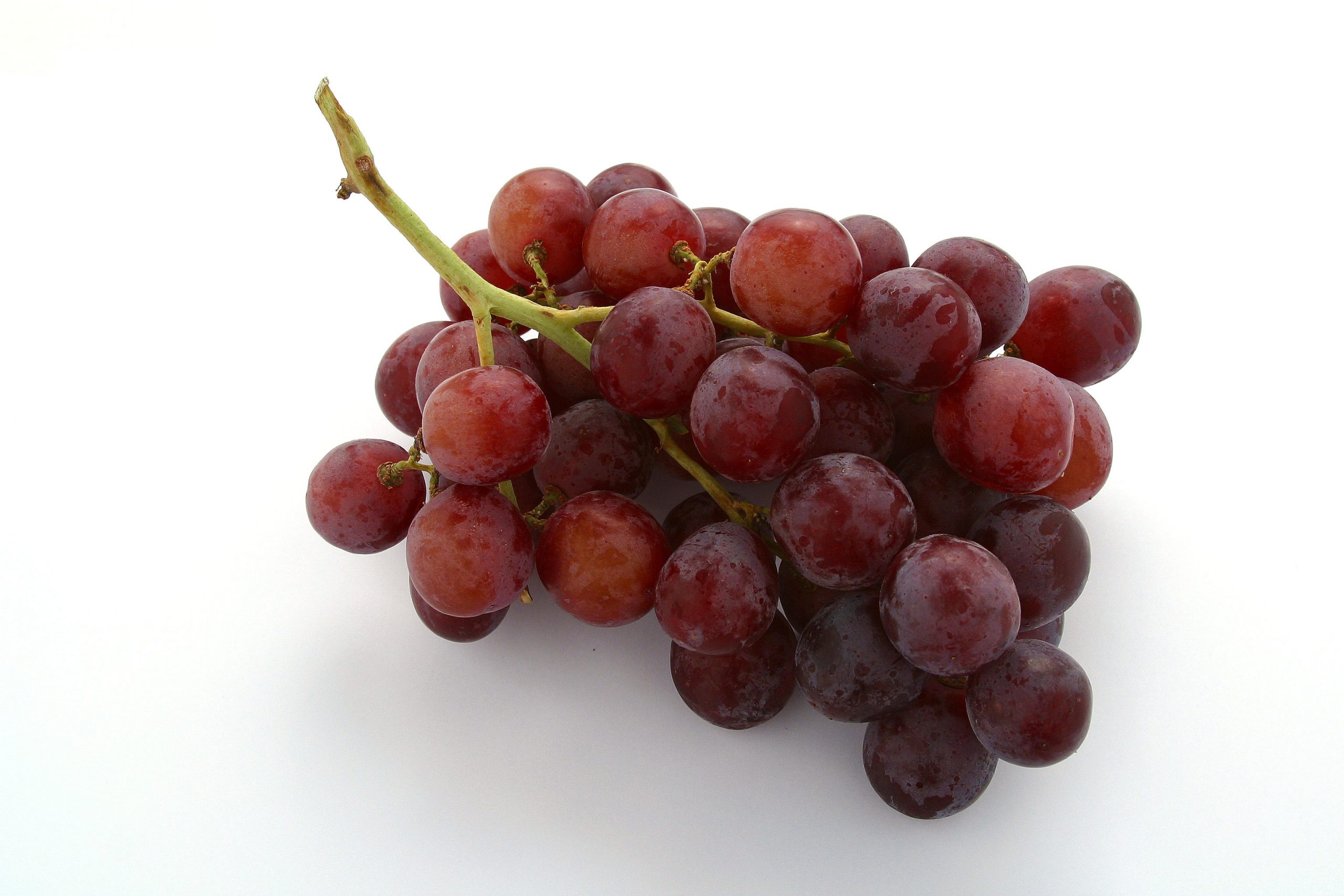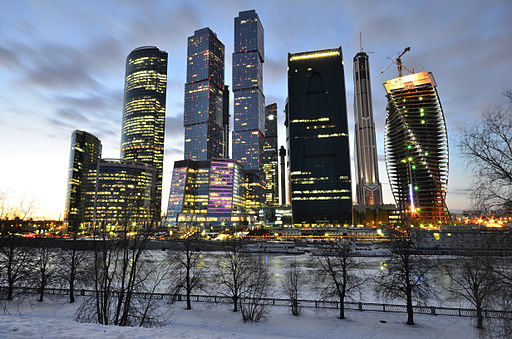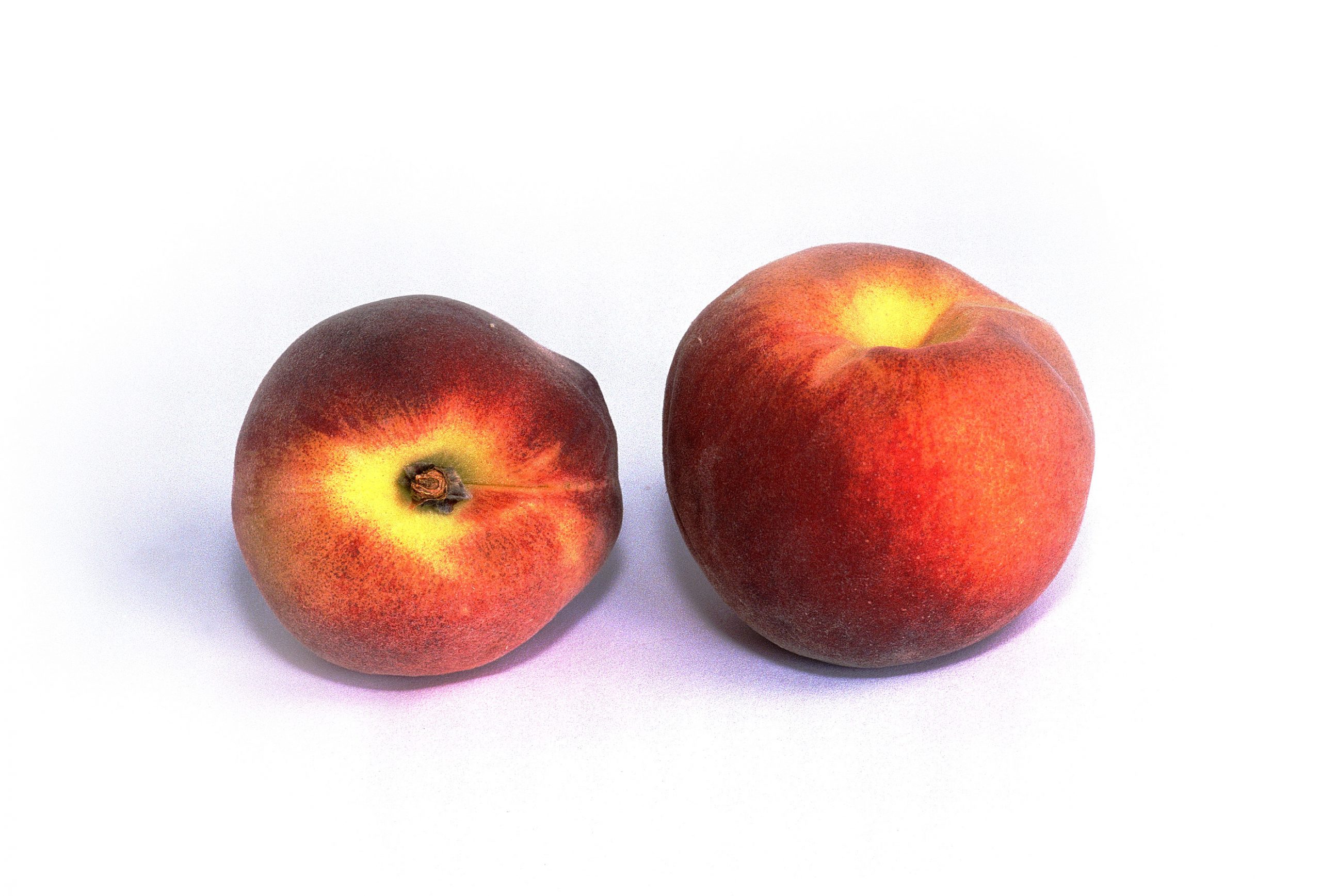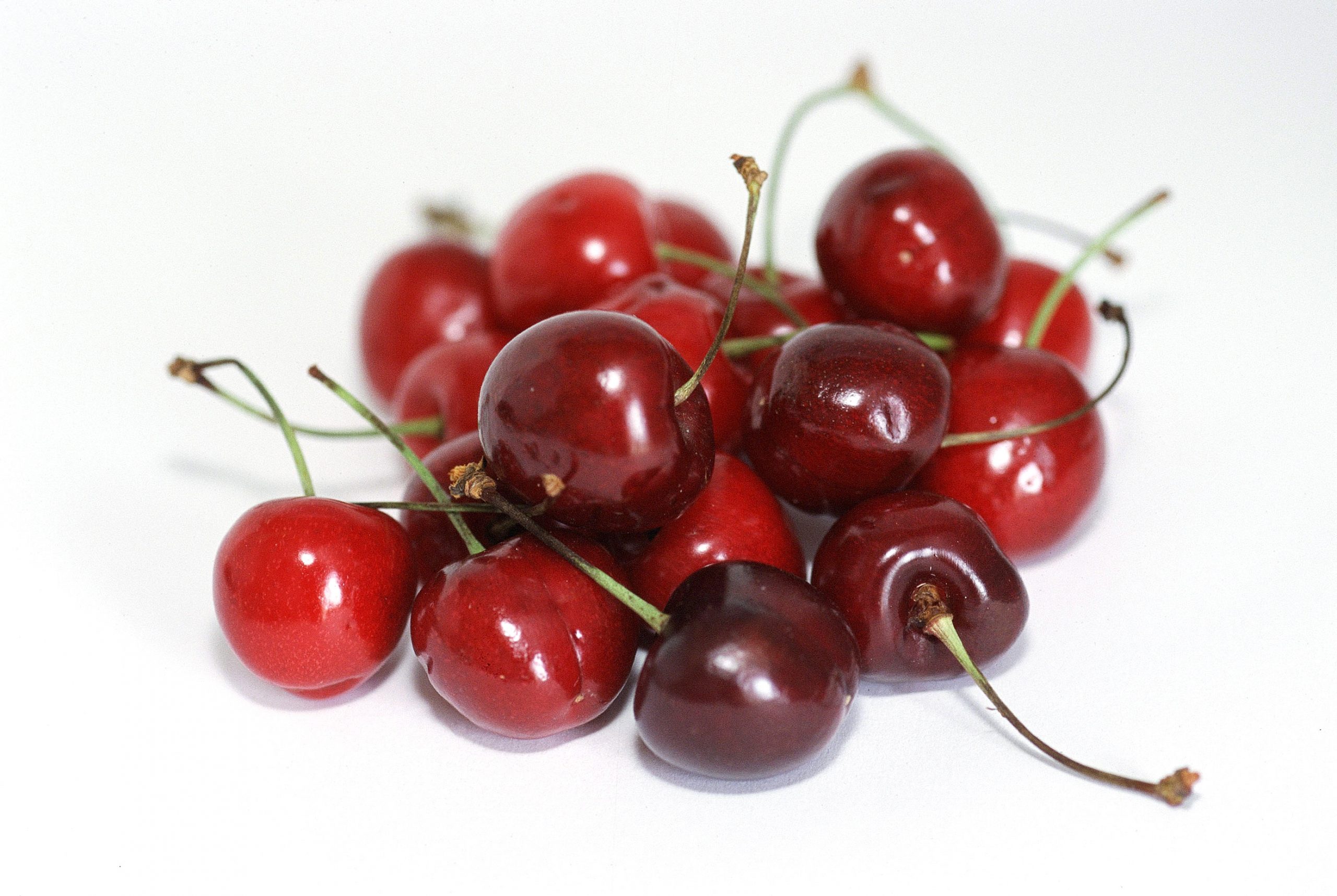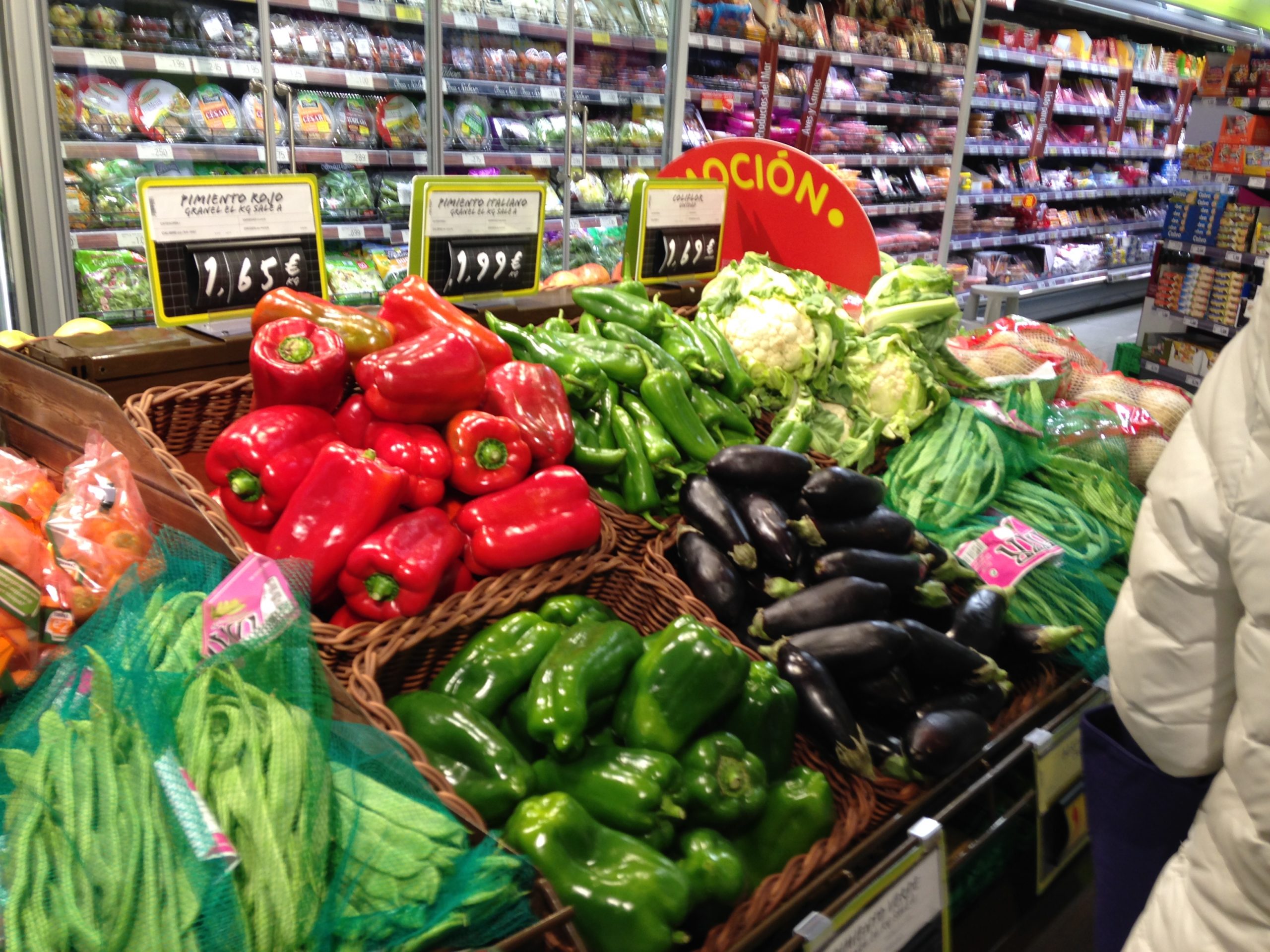
Despite an extremely hot and dry summer, the Czech apple and pear crops remain strong, estimated at 140,660 and 9,372 tons respectively, according to a USDA Global Agricultural Information Network (GAIN) report.
However, due to the high age of fruit trees and lack of capital to renew orchards, the area for and number of fruit trees are declining, it says.
Harvested areas
MY2014: apples 8,721 ha, pears 704 ha
MY2015: apples 7,624 ha, pears 681 ha
Commercial production
Nevertheless, while last year Czech growers harvested 130,902 tons of apples and 3,758 tons of pears, this year commercial production should rise to 140,660 tons of apples and 9,372 tons of pears, based on figures from the Central Institute for Supervising and Testing in Agriculture, GAIN said.

Non-commercial production
Non-commercial production is thought to account for more than a third of total apple production and more than a quarter of pear production in the Czech Republic. That estimate is based on figures from the Czech Statistical Office’s annual report on production of selected crops, which includes household estimates, which places Czech apple production in 2014 (including non-commercial production) at 207,990 tons, and pear production at 12,351 tons.
Fresh Domestic Consumption
Apples are among the most popular fruit consumed in the Czech Republic and are an important part of the Czech diet. However, the market for fresh apples in the Czech Republic has generally been declining due to stronger interest in new fruits, rising consumer purchasing power and a wider range of fruit choices in stores. “Young people in the urban areas prefer new and exotic fruits such as kiwi, pineapple, kumquat, and passion fruit,” GAIN said.
Euromonitor lists the most popular locally-grown varieties as Golden Delicious, Idared, Jonagold, Gala, Discovery, Spartan, James Grieve, and Sampion. Among the most popular imported varieties are Golden Delicious, Red Delicious and Gala from Italy, and Paula Red and Royal Gala from Slovakia and Austria. “Gala organic apples from Italy are quite popular among organic varieties.”
Processing
According to Euromonitor, in 2013 retail accounted for 36.6% of domestic consumption, while food processing was the main driver of total consumption.
Prices for processing apples are about 60-75% lower.
Source: Fresh Deciduous Fruit Annual 2015: Czech Republic, Global Agricultural Information Network GAIN
Image of the Czech capital, Prague, at night: by lawyergaoge (used under Creative Commons CC0 licence)


